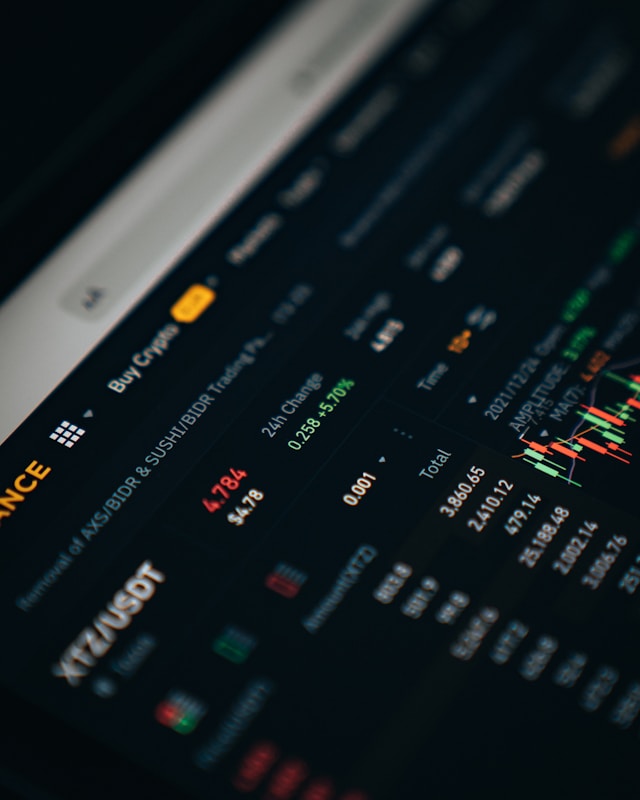Leverage is a powerful tool in currency pair trading that allows traders to control large positions with a relatively small amount of capital. Essentially, leverage means borrowing funds to increase the potential return on investment. In Forex trading, brokers provide traders with leverage, which can amplify both gains and losses. Learn about leverage in currency pair trading by engaging with experts through Brimax Edge.
How Leverage Works in Practice?
To grasp how leverage works, let’s look at a practical example. Suppose you are trading the EUR/USD pair with a 100:1 leverage ratio. You decide to open a position worth $100,000. Without leverage, you would need the full $100,000 to make this trade. But with leverage, you only need $1,000 as a margin.
If the EUR/USD moves by 1%, your $100,000 position would gain or lose $1,000. Without leverage, a 1% move in a $1,000 position would only change your investment by $10. This example shows how leverage can significantly boost your potential profit. However, if the market moves against you by 1%, you will also lose $1,000, which is your entire investment.
This scenario underscores the importance of understanding leverage and its effects on your trading. Leverage increases your exposure to the market, meaning small price changes can have a large impact on your account balance. Therefore, it’s essential to have a solid risk management plan in place.
Using leverage requires a good grasp of market movements and an understanding of how much risk you are willing to take. Many successful traders use lower leverage ratios to minimize risk, even if it means smaller potential profits. The key is to find a balance that aligns with your trading goals and risk tolerance.
Risk Management and Leverage
Effective risk management is crucial when using leverage in currency pair trading. One of the fundamental rules is to never risk more than you can afford to lose. This involves setting stop-loss orders, which automatically close your position if the market moves against you by a predetermined amount.
Stop-loss orders are a safety net that helps protect your capital. For instance, if you set a stop-loss 50 pips away from your entry point, and each pip is worth $10, you are risking $500 on that trade. Knowing your risk per trade allows you to calculate the appropriate position size and leverage.
Another important aspect of risk management is maintaining a healthy margin level. Margin is the amount of money required to open a position, and it acts as a security deposit for the leverage you use. If your account balance falls below the required margin, you might face a margin call, where the broker asks you to deposit more funds or close your position.
A margin call can be a trader’s worst nightmare, leading to forced liquidation of positions and significant losses. To avoid this, always monitor your margin level and ensure you have enough funds to cover potential losses. This vigilance helps maintain control over your trading account and prevents surprises.
Using leverage responsibly means not overextending yourself. Some traders are tempted to use the maximum leverage available, but this can lead to rapid losses. It’s often wiser to use lower leverage and trade smaller positions, allowing you to stay in the game longer and learn from your experiences.
The Psychological Impact of Leverage
Leverage doesn’t just affect your trading strategy; it also has a psychological impact. The potential for higher profits can lead to overconfidence, while the risk of larger losses can cause stress and emotional trading. Managing these emotions is key to successful trading.
When you use high leverage, the stakes are higher. This can lead to emotional decisions, such as holding onto losing positions for too long or closing winning trades too early. Emotional trading often results in poor decisions and can derail your trading plan.
Staying disciplined is essential. Develop a trading plan that includes clear entry and exit points, risk management rules, and leverage guidelines. Stick to your plan, even when emotions run high. This discipline helps you stay focused and make rational decisions based on market analysis, not fear or greed.
Another way to manage the psychological impact of leverage is to start with a demo account. Practicing with virtual funds allows you to experience the effects of leverage without risking real money. It’s an excellent way to build confidence and refine your strategy before trading live.
Conclusion
Leverage is a powerful tool in currency pair trading that can amplify both profits and losses. Understanding how it works, managing risks effectively, and controlling emotional responses are key to using leverage successfully. Always conduct thorough research and connect with financial experts to enhance your trading skills and make informed decisions. Leverage can be your ally in Forex trading, but only if used wisely and with caution.
Photo by Dylan Calluy on Unsplash (Free for commercial use)




